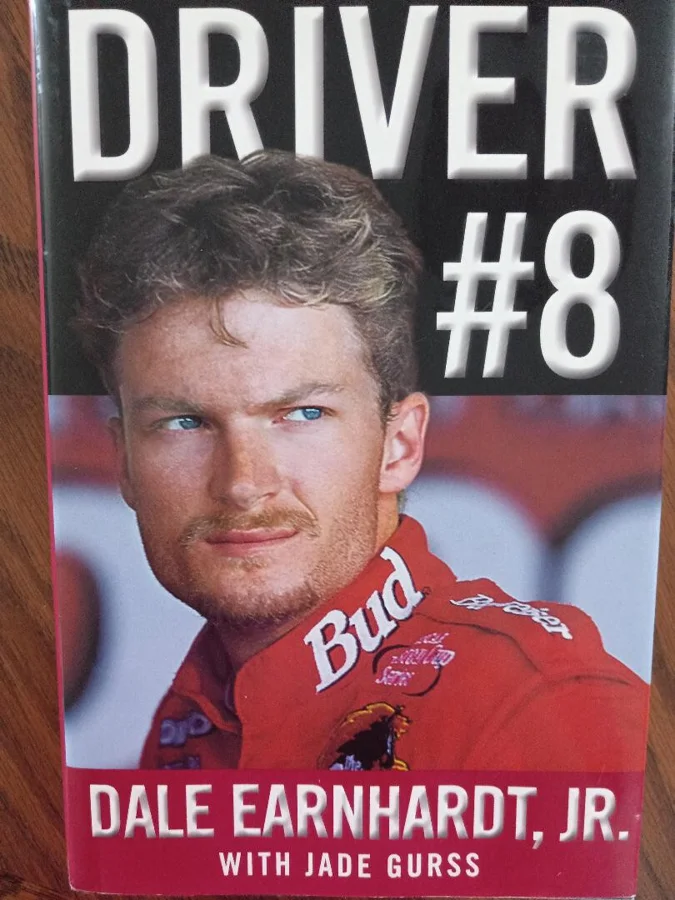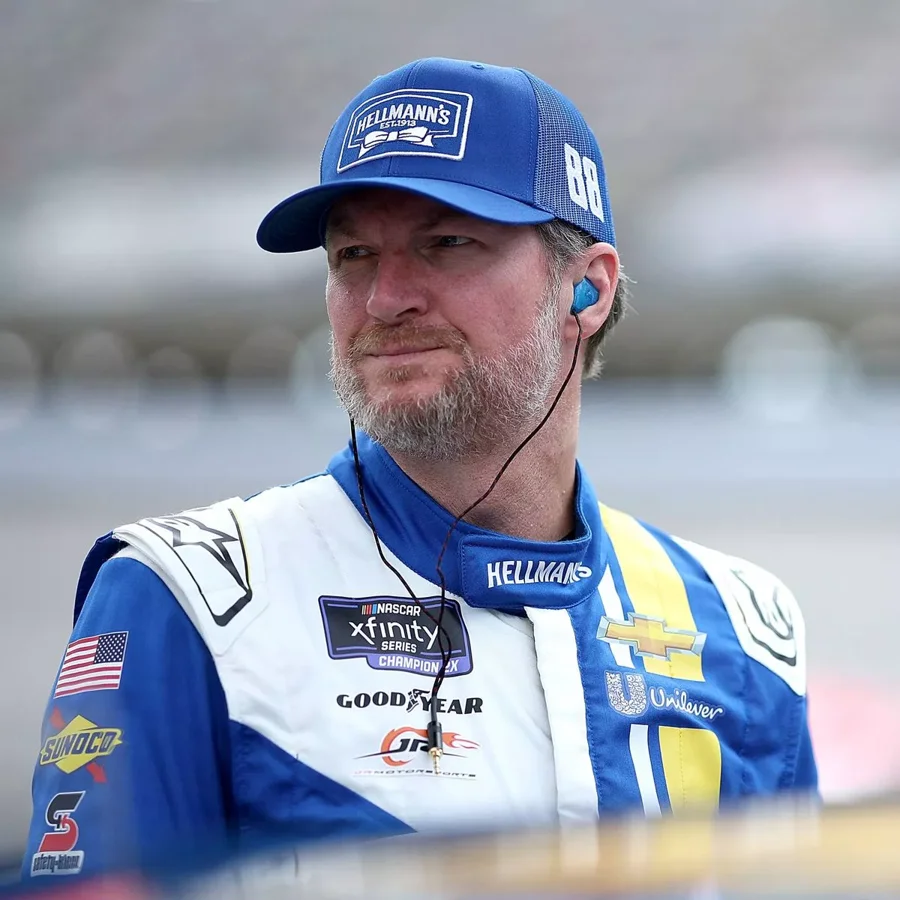Amid rumors of changes to NASCAR’s Xfinity Series, Dale Earnhardt Jr. on Cup drivers racing took center stage as he weighed the possible impacts of expanded participation from Cup Series drivers. This issue gained traction after NASCAR announced that O’Reilly Auto Parts will be the Xfinity Series’ title sponsor starting in 2026, sparking debate about if and how rules could change around Cup drivers’ eligibility in the lower series.
NASCAR, O’Reilly Auto Parts, and New Possibilities
This week, NASCAR confirmed O’Reilly Auto Parts would become the new Xfinity Series title sponsor beginning in 2026, leading to speculation about new ideas for the series. One concept discussed is allowing Cup Series drivers to race more often in Xfinity events, potentially increasing the cap above its current five-race limit. For years, the debate around Cup drivers dropping into Xfinity races—either boosting excitement or limiting regular competitors’ opportunities—has been central to the sport’s conversation.
Dale Earnhardt Jr.’s Perspective as Owner and Former Driver
Dale Earnhardt Jr., a two-time Daytona 500 champion and NASCAR Hall of Famer, is uniquely positioned in this discussion as a former driver and current Xfinity Series team owner. He recently shared his views on his podcast, offering a measured yet emotionally charged take on the situation:
“I think it’s fine. I mean, they compete in them now. They’ve limited them to, like, what, five starts a year? I don’t even know what it is, so I can’t really complain about it, because I don’t even know what the limits are now. I didn’t like when they could race for the championship. I mean, I didn’t like that. Right now it’s five (starts), but I’d be fine if they went to ten,”
—Dale Earnhardt Jr., Owner and Former Driver

Earnhardt Jr. recognizes that allowing more Cup stars in Xfinity races could attract more fans, heightening anticipation for events if drivers like Kyle Busch or Carl Edwards are featured. He notes that for fans attending in-person, the presence of star Cup drivers adds excitement to Saturday races, making the overall event more appealing.
“So, there’s a lot of people that want to see that. They want to see the Cup guys out there more, and I get that. As a car owner, there’s a perfect balance. Like, yes, I want Cup guys in my cars, because, man, they go win some races, right? I love that. But if I’m in a situation where I’m a regular, and I don’t have a Cup guy in my car —if I own a team that doesn’t have Cup resources, doesn’t have Cup drivers, then my chance to win, or even run in the top ten—gets harder,”
—Dale Earnhardt Jr., Owner and Former Driver
Financial Impacts on Xfinity Series Teams
Earnhardt Jr. is candid about the financial toll changes could have on smaller teams, drawing attention to how team budgets in the Xfinity Series are connected directly to race performance rather than massive sponsor checks.
“Your budget in this series, for a lot of teams, is based off performance. Strictly performance. You don’t have a $5 million check from a sponsor and go, ‘Here’s your budget.’ You budget based on a prediction of how you’re gonna finish,”
—Dale Earnhardt Jr., Owner and Former Driver
Lower placement as a result of increased competition from Cup drivers can squeeze team finances, especially for owners who calculate yearly budgets based mainly on average finishing position. As Earnhardt Jr. points out, when Cup drivers crowded the fields in past eras, it was a major challenge for regulars to even reach the top ten, particularly at tracks like Charlotte.
Historical Perspective and Rule Changes
Reflecting on the past, Earnhardt Jr. recalls an era when 14 to 20 Cup drivers made regular appearances at Xfinity races, often pushing regular series competitors out of serious contention. The changes that eventually limited Cup drivers to a handful of starts per year were designed to create more evenly matched fields and, for a time, allowed more teams like Earnhardt’s to claim victories.
“When you finished sixth, behind five Cup drivers, you were like, ‘Damn right, we’re first in class.’ That was a great day. Things have changed. They made the restrictions, and teams like ours started winning more races. When Kyle Busch quit running 25 races a year, right? When Carl Edwards and those other guys stopped running all those races and winning half of them—or more—teams like ours started winning races, and to go backwards would be tough for us.”
—Dale Earnhardt Jr., Owner and Former Driver
Arguments for Balance and the Uncertain Future
Earnhardt Jr. emphasizes the need for equilibrium in whatever decision NASCAR makes. He supports the idea of increased Cup driver involvement but reiterates the importance of not overwhelming the Xfinity field and making it too difficult for full-time teams to compete or survive.
“I encourage competition, and I like it. I think it’d be good if Cup guys could run more—but there’s a balance. There’s a perfect balance,”
—Dale Earnhardt Jr., Owner and Former Driver
He also notes that while new sponsorship deals like the one with O’Reilly Auto Parts could prompt rule changes to drive excitement and ticket sales, the financial well-being of Xfinity teams should remain a priority. Earnhardt Jr. hopes any changes keep limits in place, and does not want to see a return to when Cup drivers dominated championship pursuits or smaller teams faced financial ruin.
“So I could see them making an announcement like, ‘Hey man, we’re going to change it to 10 starts.’ Hopefully, they don’t remove the limit altogether to where Cup guys can run for the championship again. That would be really, really hard on teams like ours, financially.”
—Dale Earnhardt Jr., Owner and Former Driver
What May Come Next for the Xfinity Series
NASCAR’s next move remains uncertain, but Dale Earnhardt Jr. on Cup drivers racing encapsulates the mixed emotions and practical concerns many in the sport share. The debate highlights the tension between showcasing big-name talent and supporting the viability of full-time Xfinity teams. With new sponsors like O’Reilly Auto Parts entering the picture, changes are likely, but the exact balance between star power and competitive equality is still up for discussion. Stakeholders await concrete rule updates, knowing that whatever decisions are made will affect the structure, finances, and spirit of the Xfinity Series for years to come.
